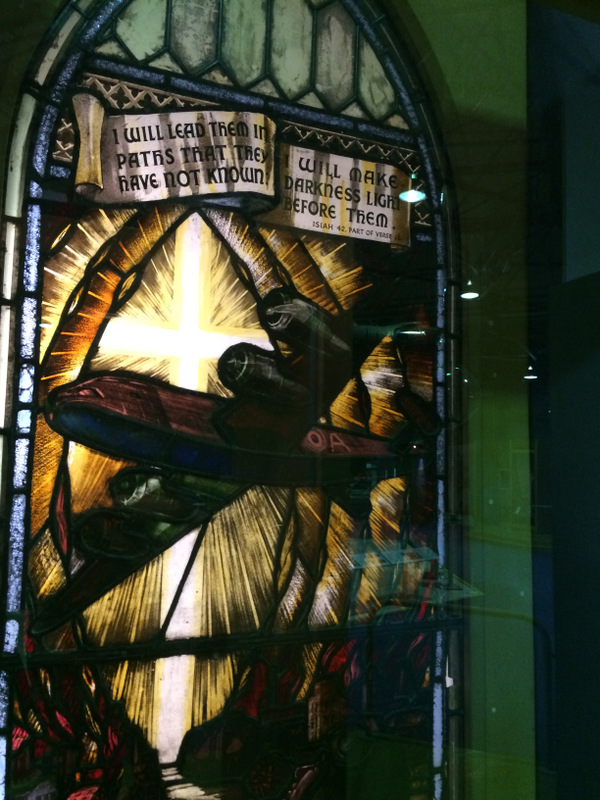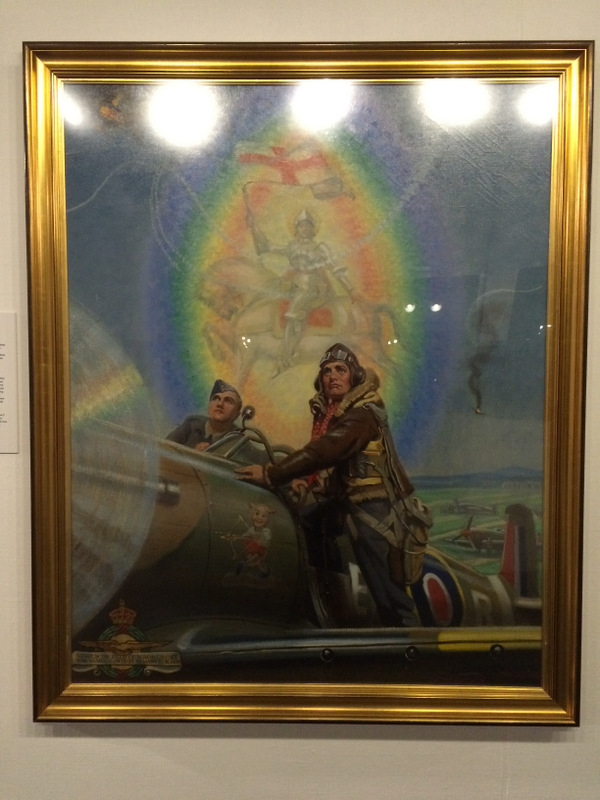We are in Brooklyn now, and Stross had mentioned on his Twitter feed that they would be doing this event. It seemed like a bit of a thing, and I was interested in what the walk up to MakerBot from our apartment would be like (it was relatively long and a bit hot, as this was still the infamous “hot” part of September). I didn’t get any pictures, but I have these notes.
NARRATIVE
The MakerBot space: cavernous. Some iMacs. The Ikea overhead paper globes. Plastic folding chairs. The table in the middle with two 3D printers and a big array of 3D printed Stross and Doctorow heads. I noticed an old empty vending machine, and then, closer to the door, a vending machine with brightly-colored weird toys in it.
By the time Stross and Doctorow arrived (they were a little bit late, according to Bre Pettis, because Doctorow had a flat (which seemed to suggest some kind of joke about his blogging balloon/dirgible, but the joke didn’t quite materialize) the place was pretty crowded, with people standing in the back and another big clot of people by the door. It was not a good space to arrive late to, as an audience member, because you had to kind of move across the middle of everyone’s attention (and once the thing started, pretty much in front of Stross and Doctorow) to get to the decent standing room.
The actual arrival of the authors themselves was pretty casual (and the whole thing was really interestingly casual). They just tumbled in and said hey, apologized for their (really slight) lateness and were guided to their places at the table of 3D printed heads. Stross asked for a glass of water, and remarked that his 3D printed heads looked a bit Lenin-esque (and they did in fact have a strong superficial resemblance to the white chocolate bust of Lenin that we used to have).
Doctorow opened with the plan, which was that they would each explain a bit about the project, then each read a bit from the book, and then fill the rest of the time with questions from the audience. He followed this by explaining their general process, starting with the collaborative story “Jury Duty,” which had sort of started the roll of ideas that turned into the book (which ended up taking seven years, and is in three big sections, all of which –I think– ran as freestanding novellas or short stories or whatever, which makes Accelerando the obvious point of comparison, both content-wise and shambolic-form-wise). This bit was a little inside-baseball ish. Although who is to say.
Stross’s talk was about the history of the singularity as a concept, and what they mean by Rapture of the Nerds (which is Ken MacLeod’s term), and how this fits in with broader eschatology. This is a topic that is covered really well on his blog, and it was extremely interesting to hear him talk about it, because he is such a lucid and thorough thinker, but I think is hampered a bit by the inherent goofiness of lecturing as a person in front of a bunch of people. Which is to say I felt the blog posts are in general a better way to convey the concepts, and a better medium for Stross (who is really a perfect medium-long form blogger, as far as being able to kick around ideas in a kind of agile but still very well-considered way). Anyway: key concepts: Kurzweil, Vinge, Federov, the extropian dudes of the 90s, Moore’s Law, Lapsarianism, the Scottish Enlightenment, cognitive clankiness that emerges when humans try to build predictive frameworks that head toward unbounded states, the basic idea from Vinge that once you put a mind in a computer and speed it up a bit it will design a better mind and a better computer more or less right then and soon humans generally will be uploaded or irrelevant, a kind of diversion to Federov and early Marxist/Leninist cosmic utopianism as a vision of the proto-singularity, and the Rapture as a flipped Singularity (or vice versa). This comes through somewhat jumbled in my memory, and was interspersed with sort of tone-based jokes in the delivery (speaking of delivery, I had somehow expected him to sound Scottish, but he only lives in Edinburgh and is actually from Leeds, so he had a very soft slightly northy urbane BBC accent, as far as I am capable of interpreting that stuff).
The readings were: our tech-phobic protagonist, having previously undergone an involuntary sex change, is yanked out of her house by her mother’s posthuman golem and forcibly uploaded (Stross). And later, taken to participate in a judgement of (post)humanity’s general worth by the Galactic Authority, said judgement to be administered in a virtual space running on computronium that has been manufactured from the moons of Jupiter (I think Io and Calypso specifically), our protagonist realizes that her overriding objection to uploading was the kind of horrible banality it engenders, and then, in a simulated gross hotel, watches TV that has been rendered impossibly interesting by honing it against simulated copies of herself (the simulated copy thing is a pretty funny chestnut of upload fiction) while worrying that she herself might be one of those copies, and that she’ll be terminated if she changes the channel. She then goes on to watch TV for a hundred subjective years.
These were both fairly amusing passages, and I think they went over well. Stross is a somewhat livelier reader than Doctorow, and he had the protagonist say “shitbiscuits,” which I guess is something one might say if one is about to be killed and put into a computer by one’s hideous superhuman robot mother.
The questions were for the most part surprisingly good. Someone wanted to know how Rapture of the Nerds fits with Accelerando (you should read them back to back, with RotN in the unicorn chaser role, according to Stross). What were the logistical issues of collaborating? (Doctorow has a really funny git-based snapshotting script that you can get on github, and Stross was in charge of general version control.) How disruptive do they think 3D printing is going to be? (Very, and they both have books about it.) Did they have big disagreements about ideas? (No.) Do they think the view of the singularity and of technological progress in general is informed by gnosticism? (Doctorow tags Charlie, Charlie says “yes.” Then adds a bit of elaboration about lenses. I would personally say that a lot of people’s approach to tech is super gnostic.) Well if they didn’t have disagreements about big ideas, did they have fights about passages? (Yes, and those were resolved by shelving disputed passages to give everyone time to cool off, or by phone, which as we all know, is a really drastic move in these times.) I forget what else. There is probably video. (There is.)


























